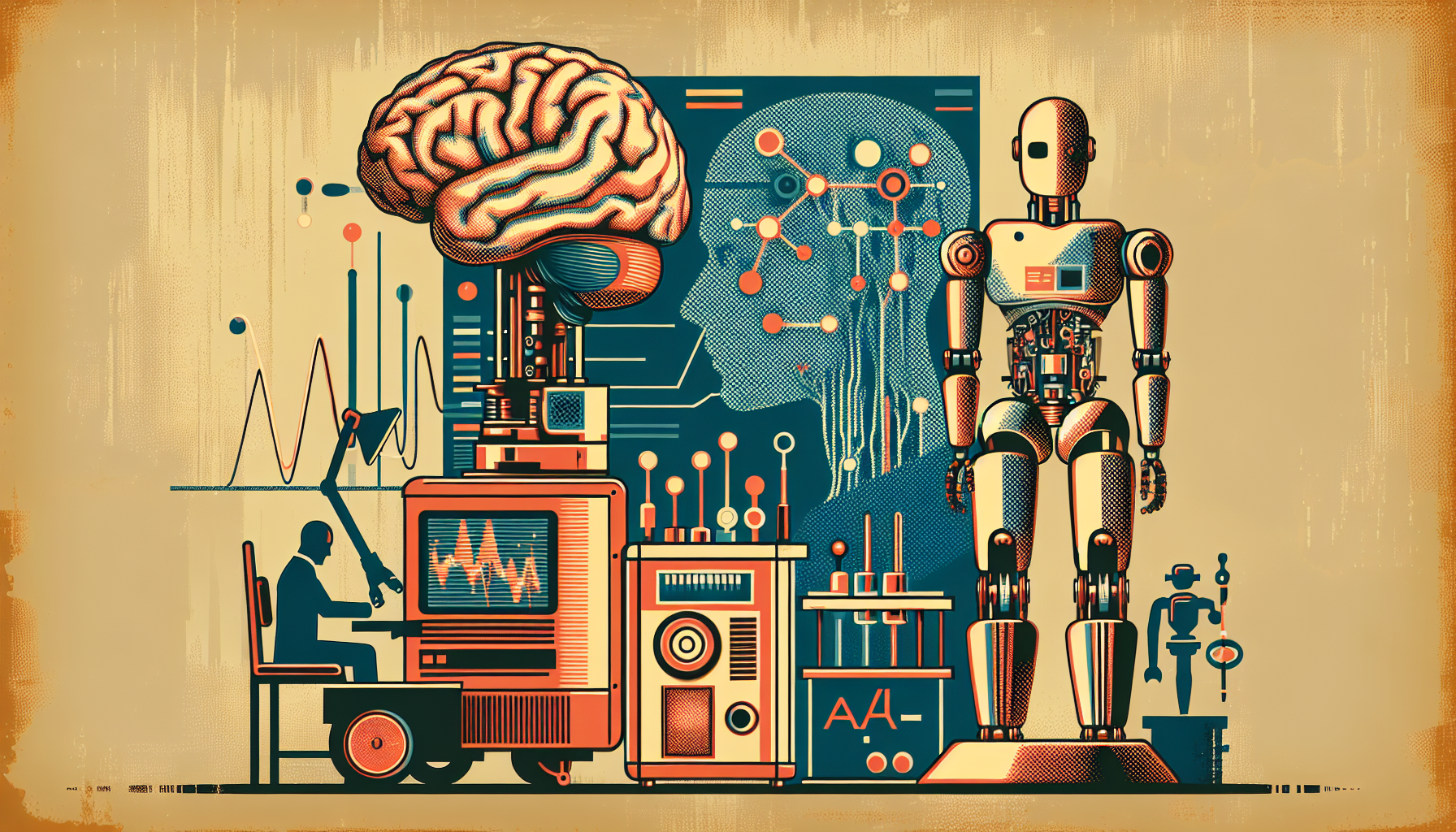Figure, an innovative robotics company, has revealed a humanoid robot with a remarkable new feature: an artificial intelligence “brain” created in partnership with OpenAI. This advancement marks a significant turning point, enabling robots to move far beyond following simple instructions. Now, these machines can think, communicate, and respond in ways that are deeply connected to human interaction.
The Power of Collaboration
The partnership between Figure and OpenAI is a meeting of two technological forces. OpenAI provides advanced AI models such as GPT for language understanding, as well as creative systems like DALL-E and Sora. These technologies allow robots to process natural speech, reason about what they see and hear, and respond thoughtfully. Combined with Figure’s expertise in robotic hardware and movement, the result is a new kind of robot—one that can navigate uncertainty and take on tasks once thought impossible for machines.
OpenAI’s AI is no longer just a distant cloud resource. In these robots, it is built directly into their systems, creating machines that can adjust to new challenges as they arise. This means that instead of being limited to a single job, these humanoid robots can handle different kinds of work, whether on a factory floor or in the home. It’s a step away from specialized, rigid automation toward true general-purpose robotics.
A Vote of Confidence from the Industry
Belief in Figure’s mission runs deep. The company has secured $675 million in funding from technology leaders including Jeff Bezos of Amazon, Microsoft, Nvidia, and Intel. Such extraordinary investment highlights a shared vision: robots that can operate alongside people in many areas of life, from industry and logistics to everyday living.
Brett Adcock, Figure’s CEO, sees this as just the beginning. He imagines a world where millions, perhaps even billions, of these robots fulfill vital roles. Their human-like shape—with a height similar to an adult and hands designed for fine manipulation—enables them to use the same tools, spaces, and interfaces built for human workers. This makes them uniquely suited to environments where people already work and live.
Progress and Promise
Figure’s newest creation, Figure 02, stands as the first humanoid robot built for commercial use at a global scale. It can perform household chores such as washing dishes or laundry, help with unpacking groceries, and take on labor-intensive roles in manufacturing, logistics, and retail. These capabilities point to a future where robots support and amplify human effort across many fields.
The journey is no longer theoretical. Figure has already teamed up with BMW to explore the role of humanoid robots in car manufacturing. Other partnerships are underway with leaders in logistics and retail, marking the beginning of real-world adoption. Figure’s BotQ production facility can build up to 12,000 robots each year—a number that’s set to grow, as even the factories themselves will eventually be staffed by robots.
Though Figure concluded its formal collaboration with OpenAI in 2025, the lessons and advancements from their work together continue to define what’s possible. The foundational AI gives these robots intelligence that sets them apart from any that came before.
A New Era Begins
The integration of OpenAI’s artificial intelligence into Figure’s humanoid robots sets a new standard for the field. We are witnessing the dawn of adaptable machines—robots that can learn, communicate, and support us in both personal and professional lives.
Driven by major investments and powerful partnerships, Figure’s vision is coming to life. Humanoid robots are steadily moving from the realm of science fiction into everyday reality, standing ready to help with work, learning, and living. This convergence of AI and robotics marks not just a technical achievement but a profound transformation for society itself.

Leave a Reply